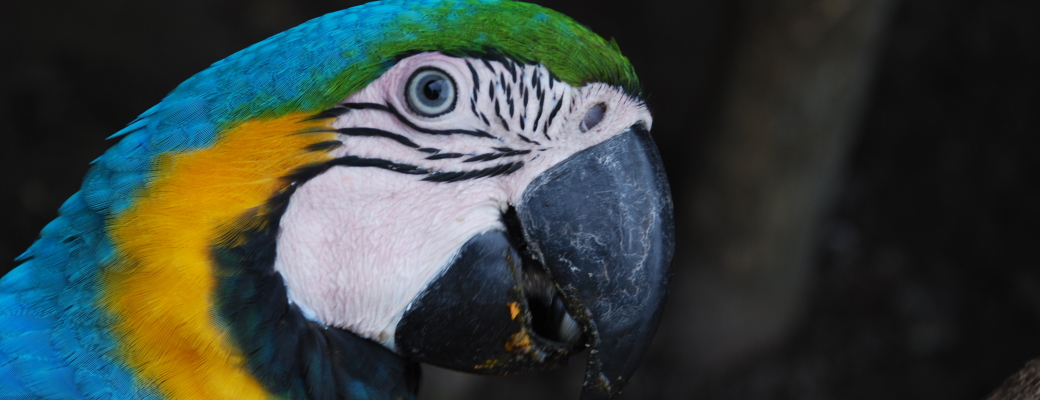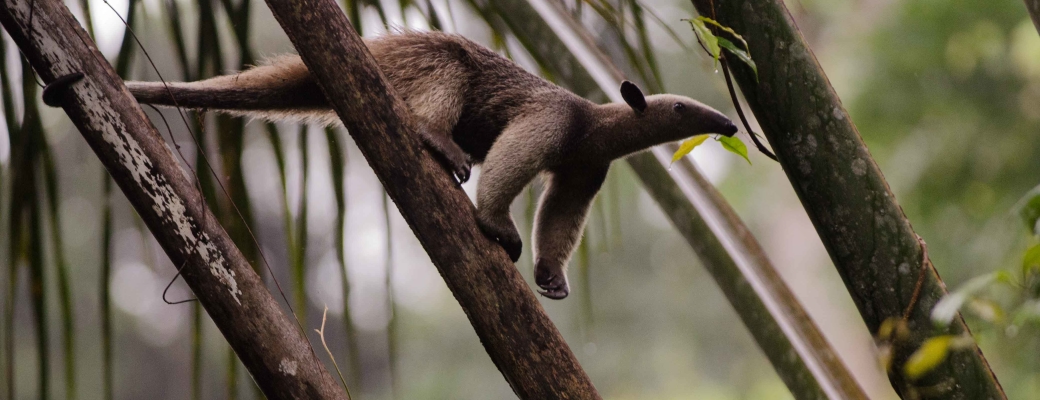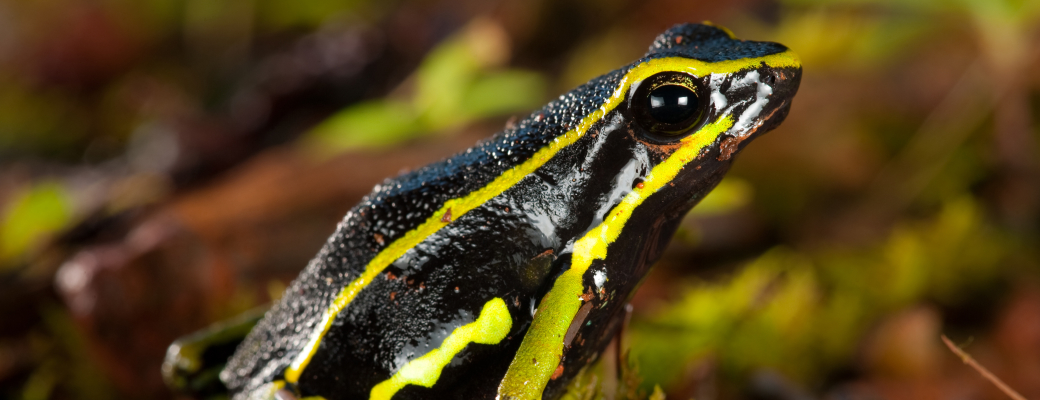It all started with ’The Birds of Suriname’, a classic ornithology guide by Haverschmidt & Mees (1994). In 2003, this beautifully illustrated work was brought by
Amazon Conservation Team (ACT) staff to the Trio indigenous village of Kwamalasamutu in southern Suriname. It has remained in the village since then as local residents, including members of the ACT Indigenous Park Rangers and Shaman’s Apprentice programs, wrote down local indigenous bird names next to drawings in the book. The result: an impressive list of almost 400 bird species named in Trio, the local indigenous language.As is true for traditional communities across the world, local knowledge about biodiversity is being lost in Suriname even more quickly than local biodiversity itself. Local names for plants and animals are the cultural symbols that allow for the building of shared knowledge and effective management of local biodiversity. Therefore, recording and promoting the use of local names is critical for present and future generations. ACT believes that the
traditional ecological know-how of the indigenous people, who are living for centuries in respect with natural richness, is a valuable key in protecting Amazonian biodiversity as a whole. Better communication and linkages between different ways of knowing, traditional expertise and modern science, can play a complementary role in protecting the life-giving rainforest. As an organization dedicated to preserve the Amazon forest, we
share this information in the belief that everyone bears responsibility for the well-being of the natural world. In this perspective, the idea of a free online biodiversity database for Suriname was born. It aims to be a practical guide to everyone who is interested in the fauna and flora of Suriname.
The database links the scientific and English name of the fauna and flora of Suriname to the country’s languages, including: the official language Dutch, the local ‘lingua franca’ Sranan Tongo and the indigenous languages Trio and Wayana. The database will mainly cover fauna & flora of the southern district of Sipaliwini, where ACT Suriname has been working in close partnership with indigenous peoples for more than 17 years. Animals and plants of Suriname’s coastal ecosystems are less represented. The main objective of the database is to give an overview of local names for the most common and typical animals and plants, rather than a complete listing of all species occurring in the region of South Suriname. In contrast to other biodiversity databases, this database therefore combines science with local culture and habits. We hope it will be a valuable tool for education, information and protection of the rich biodiversity of the Amazon rainforest.
Most important source of this valuable information are the informants within the indigenous of Suriname. Other sources originate from unpublished vernacular names lists of ACT staff and researches who were active on this specific matter over many years, in this part of the country. Furthermore, relevant literature and websites were consulted to complete the needed information. Numerous other people are acknowledged for sharing information and photographs for free.
The website you are currently visiting is only the beginning. To date, this database provides vernacular names of around 550 vertebrates. We keep on collecting and sharing names. If you have any additions, adjustments or suggestions, we are very pleased to hear from you.



